Top 9 Songs of Spring
With the arrival of Spring, we will look at some of the great rock songs that explicitly mention or implicitly conjure images of Springtime. We countdown this subjective list from #9 to […]

With the arrival of Spring, we will look at some of the great rock songs that explicitly mention or implicitly conjure images of Springtime. We countdown this subjective list from #9 to […]
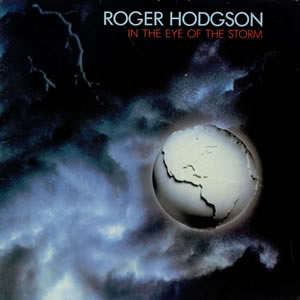
Buy In The Eye Of The Storm Although it was not a great commercial success, Roger Hogdson‘s debut album did well in advancing the compositional foundation that he established in his decade-plus as […]
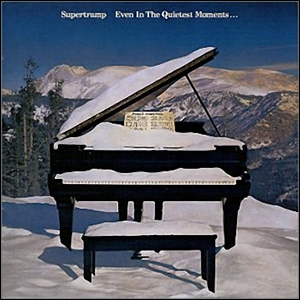
Buy Even In the Quietest Moments Even In the Quietest Moments was the third of four consecutive great albums produced by Supertramp in the mid to late seventies. However, this album was unique […]
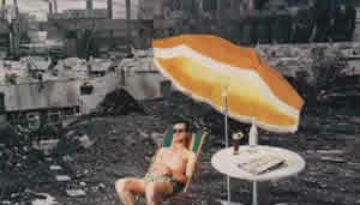
Buy Crisis? What Crisis? Crisis? What Crisis? is often overlooked in comparison to Supertramp‘s other albums from the mid to late seventies due to its relative lack of hit singles or classic rock […]
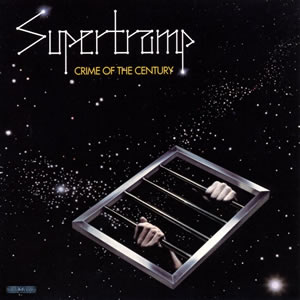
Buy Crime of the Century Crime of the Century was the album where it all came together for Supertramp, as they composed scores of tracks in order to find the best eight to […]
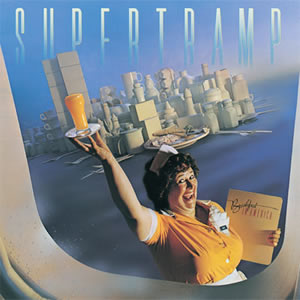
Buy Breakfast In America Breakfast In America is, at once, an artistic statement and a pure pop record. This sixth overall album by Supertramp was composed and recorded after the British group relocated […]